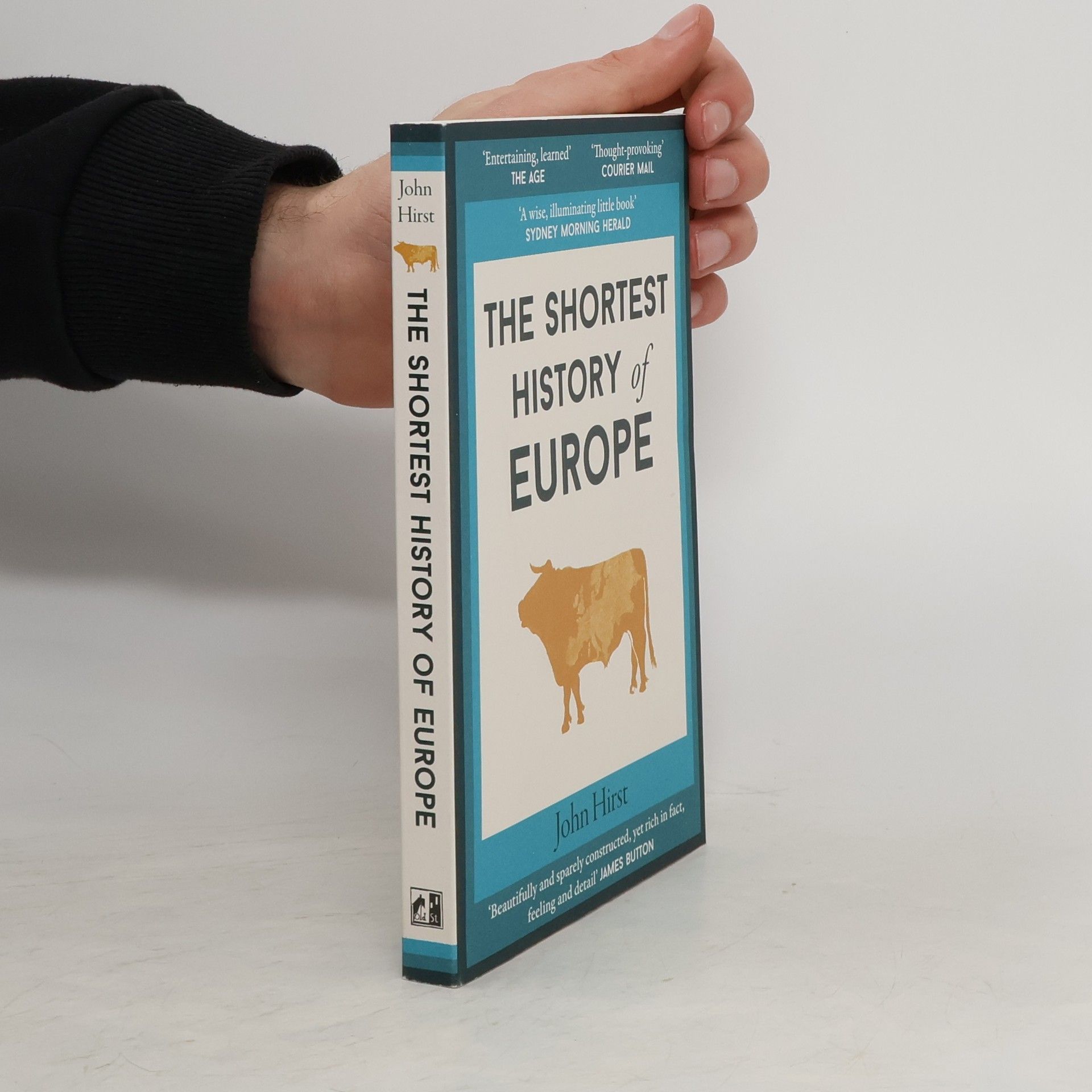Światowy bestseller przetłumaczony na 18 języków. Choć cywilizacja chińska przez długi czas była bardziej zaawansowana niż europejska, to w Europie po raz pierwszy pojawił się stały wzrost gospodarczy, a następnie rewolucja przemysłowa. To w Europie rozwinęły się fundamentalne atrybuty nowoczesności, jak rządy reprezentatywne i prawa jednostki. Dlaczego akurat w Europie? Niniejsza książka to szerokie, przekrojowe i syntetyczne spojrzenie na dzieje Europy okiem historyka z drugiej strony globu. Choć w tak dużym oddaleniu pewne szczegóły stają się niewidoczne, dopiero wówczas możemy dostrzec wielką grę idei, systemów i instytucji na monumentalnej planszy historii. Autor dokonuje wartkiego przeglądu historii cywilizacji europejskiej, począwszy od jej narodzin z nieoczekiwanego połączenia trzech elementów: myśli antyku, chrześcijaństwa oraz kultury germańskich wojowników. Następnie przechodzi do oryginalnej, autorskiej i miejscami zabawnej analizy unikalnego splotu sił politycznych, demograficznych, kulturowych i technologicznych odpowiedzialnych za wyjątkowość Starego Kontynentu.
John Hirst Book order


- 2020
- 2009
"In this short, entertaining and thought-provoking book, acclaimed historian John Hirst provides a fascinating exploration of the qualities that have made Europe a world-changing civilisation.Starting with a rapid historical overview from the ancient Greeks to the present day (the 'shortest history' itself), Hirst goes on to explore in detail what makes Europe unique: its political evolution; the shaping influence of its linguistic boundaries; the crucial role played by power struggles between Pope and Emperor; and of course the great invasions and conquests that have transformed the continent. Written with clarity, feeling and wit, The Shortest History of Europe is a tour-de-force: read in a single afternoon, it will be remembered for a lifetime. NB This is a updated and expanded edition, with new sections covering the industrial revolution, the world wars and the postwar period."--Provided by publisher